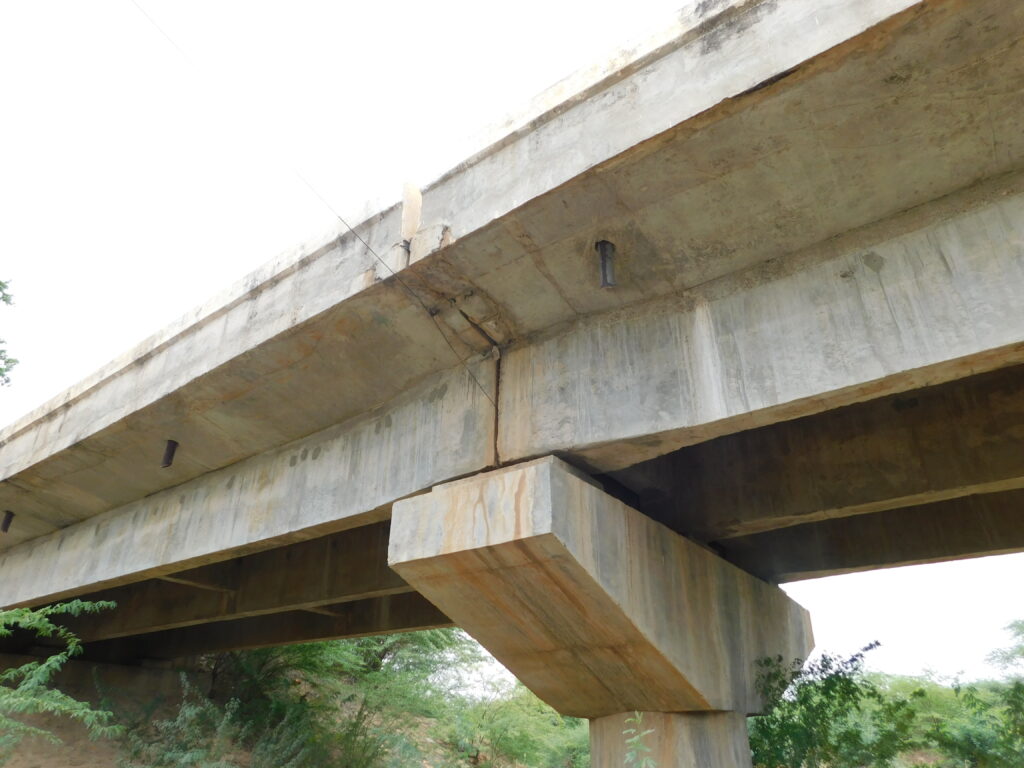
Early Warning Signs of Concrete Structural Distress
Concrete structures are designed to last decades, but their longevity depends on how well they’re monitored and maintained. Structural failures rarely happen overnight — they begin with subtle signs that, if ignored, can escalate into serious safety hazards and costly repairs. Recognizing these early indicators is essential for engineers, facility managers, and asset owners who want to protect their investments and ensure public safety.
In the context of reinforced concrete (RCC), distress can manifest in many forms. Some are visible to the naked eye, while others require advanced diagnostic tools to detect. The key is knowing what to look for, when to act, and how to interpret the data.
Every structural failure begins with small warning signs. Recognizing these early can save both lives and money. Some of the most common indicators of distress in RCC structures include:
- Hairline cracks – often linked to thermal shrinkage or settlement.
- Rust stains and spalling – clear indicators of reinforcement corrosion.
- Water seepage – a sign of poor waterproofing or drainage failure.
- Surface delamination – pointing to deeper bond or durability issues.
Challenges in Early Detection
Despite technological advances, challenges remain:
- Budget constraints may delay inspections or upgrades.
- Lack of awareness among non-technical stakeholders.
- Data overload from sensors and monitoring systems can be difficult to interpret
Solutions include:
- Partnering with specialized consultants for periodic assessments.
- Using AI-powered platforms to analyse sensor data and flag anomalies.
- Integrating inspection data into Building Information Modelling (BIM) systems for lifecycle tracking.
Concrete distress doesn’t happen overnight — it whispers before it screams. By recognizing early warning signs and leveraging modern diagnostic tools, stakeholders can prevent failures, reduce costs, and extend the life of RCC structures. Whether it’s a bridge, a hospital, or a commercial tower, the message is clear: early detection is the foundation of resilient infrastructure.


